The Blog
20 Critical Car Seat Safety Mistakes That Put Your Child at Risk
You Might Be Using a Car Seat Wrong, and Not Even Know It!
Nearly half of all car seat installations are flawed in some way, with studies showing that more than 82 percent of car seats are installed incorrectly. According to alarming statistics, 96% of parents believe they have their child's car seat installed correctly. But the reality? A shocking 46% of car seats are being used incorrectly - putting nearly half of all children at increased risk in the event of a crash.
As parents, we go to great lengths to keep our little ones safe and secure. We childproof our homes, carefully research the best products, and make innumerable sacrifices for their well-being. But when it comes to child car seat safety, even the most diligent of us can unknowingly overlook crucial mistakes that could have devastating consequences.
The stats don't lie - car seat misuse is a pervasive and potentially lethal problem. But the good news is that many of these car seat installation errors are easily preventable with the right knowledge and vigilance. In this comprehensive guide, I dive deep into the 20 most common car seat mistakes and empower you with recommendations to avoid them, giving you the peace of mind that your precious cargo is properly secured on every journey.
The Most Dangerous Car Seat Installation Mistakes
Mistake #1: The Car Seat Is Too Loose
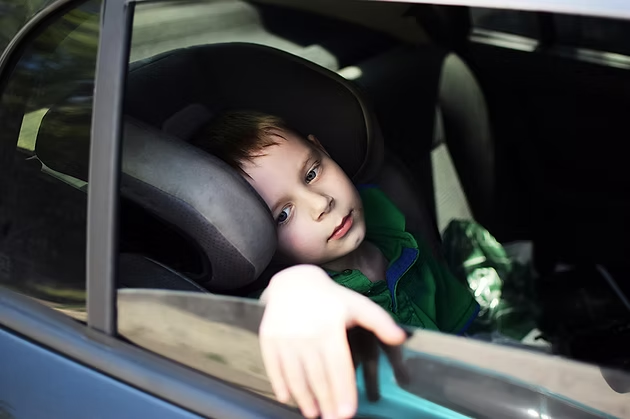
One of the most frequent mistakes caregivers make is not installing the car seat tightly enough, and a loose car seat won't perform as intended in a crash. A properly installed car seat should not move more than 1 inch from side to side or front to back when installed. Anything beyond that range leaves dangerous wiggle room and movement for your little one in the event of a collision.
Mistake #2: Incorrect Harness Chest Clip Placement
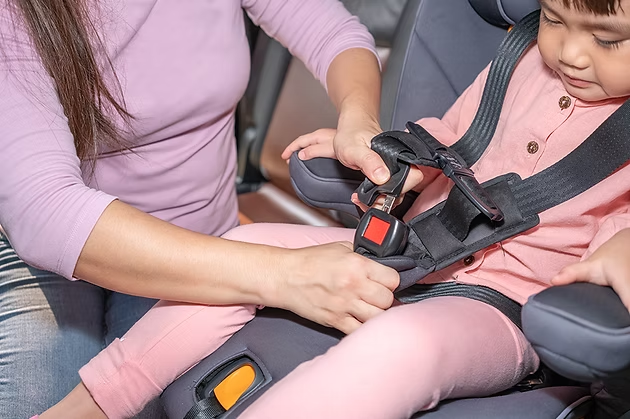
The chest clip plays a vital role in keeping your child safely positioned and ensuring your child's safety, but incorrect positioning can eliminate its protective benefits. The clip should sit at armpit level, in the center of the chest – not under the ribs, which could cause severe organ damage in an accident.
Mistake #3: Straps Are Too Loose
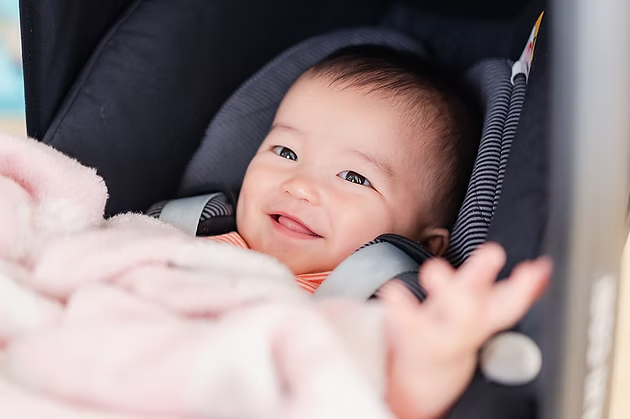
Ensuring the harness straps are tight enough is another common stumbling block in proper car seat installation. Perform the pinch test: if you can grab a substantial portion of the strap, it's too loose. A snug fit is essential to keep your child securely in place during a crash.
Mistake #4: Not Using the Top Tether Strap
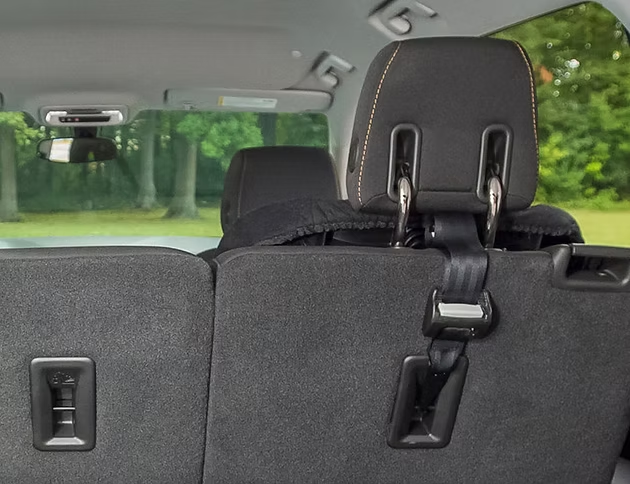
That strap dangling behind the seat? It's not just for decoration - it's the tether, designed to prevent dangerous forward movement in a crash. Don't neglect this vital piece of protection.
For more information about the importance of the top tether strap, visit https://www.safekids.org/research-report/car-seat-tethers-essential-safety-consistently-overlooked
Mistake #5: Leaving Baby in the Carrier Outside of the Car
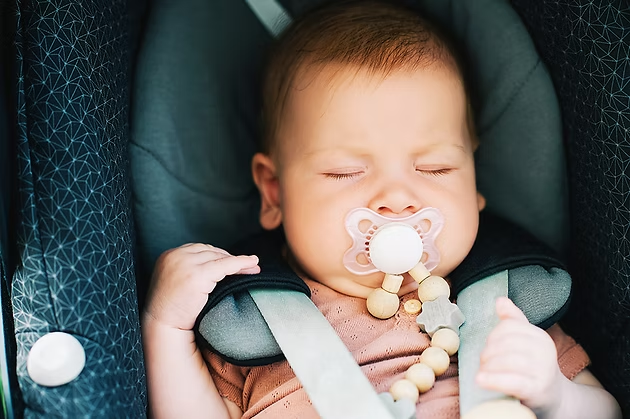
One of the most tragic mistakes parents can make is leaving their baby in the carrier car seat outside of the vehicle. These seats are designed to maintain a specific incline, and placing them on a flat surface like the floor or a table (another HUGE no-no because it can fall, injuring your child) can lead to positional asphyxia – a condition where the baby's positioning obstructs their airway, potentially causing suffocation and death.
The risk is amplified by the fact that many parents are reluctant to wake a peacefully sleeping infant, unaware of the grave danger they're exposing their child to. But allowing that temporary convenience can have permanent, devastating consequences. Not only can positional asphyxia occur, but babies left in car seats can also overheat rapidly, compounding the life-threatening risks.
The solution? Never, ever leave your baby in a carrier seat when outside the car, no matter how tempting it may be to let them sleep. When visiting friends or family, running errands, or dropping off at daycare, make sure your little one is removed from the seat and placed in a safe, supervised environment.
Mistake #6: Improper Recline Angle on Rear-Facing Seats
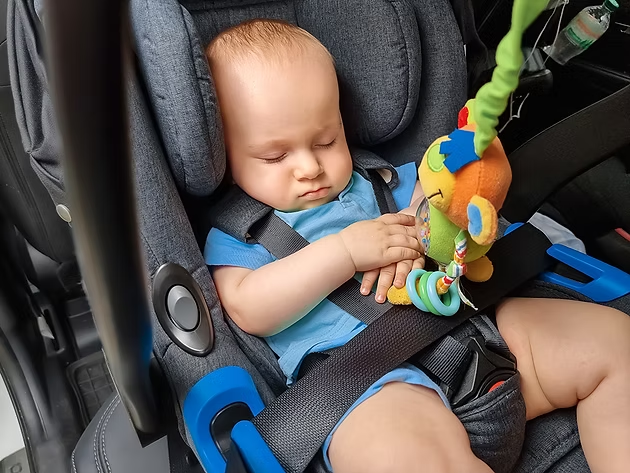
The ideal recline angle for rear-facing seats (usually 30-45 degrees) is critical for ensuring proper breathing and positioning. An angle that's too upright or too reclined can either obstruct a child's airway or compromise safety in an impact. Always follow the manufacturer's specific recline angle guidelines.
As someone who frequently travels long distances with my children, I understand the anxiety of constantly monitoring their positioning and making sure they can breathe comfortably. But this vigilance is essential - positional asphyxia and suffocation are real risks that proper reclining of the car seat (and of your child's head) can prevent. It's better to be safe, than sorry
Mistake #7: Installing in the Wrong Spot in the Car
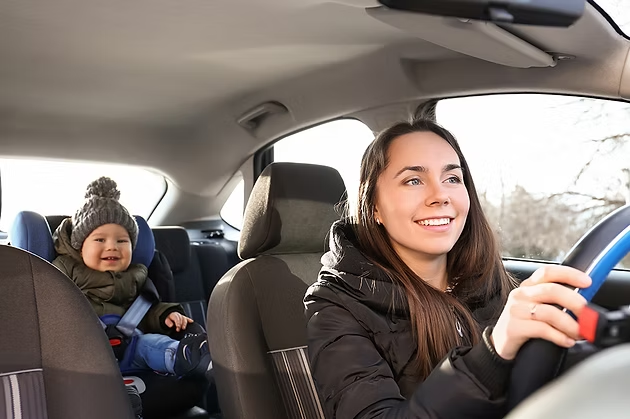
Vehicle manuals and car seat instructions provide guidance on the safest spot for installation, which can vary from car to car. Overlooking this can negate much of your seat's protective capabilities. Every vehicle is different, and consulting both your car's manual and the manufacturer's instructions is essential to ensure you're placing the car seat in the correct, approved location.
Mistake #8: Using Bulky Winter Clothing in Car Seat
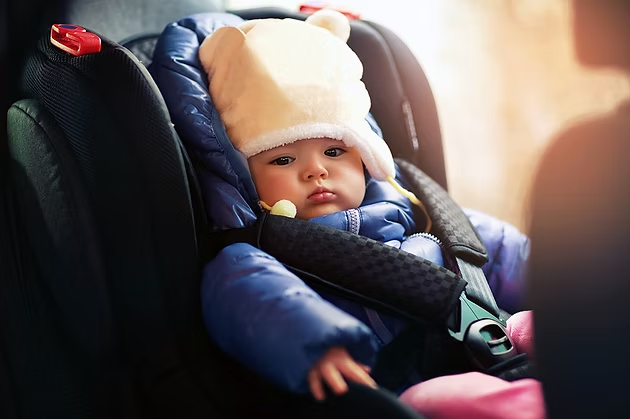
When you tighten the harness around your child, any puffy clothes will inhibit the fastening of the harness. If you loosen the straps to accommodate clothing, the straps may be too loose, and your child will be more susceptible to serious or fatal injuries during a car accident.
Instead, remove those bulky clothes before buckling, and dress your child in thin layers and use covers/blankets over the secured harness instead. Remember to not overdo it though... a child must not overheat to avoid the risk of SIDS during a car ride.
Alternatively, when using an infant car seat that you can carry, you can opt for using warm weather blocking car seat covers to transport your child in and out of the car safely, which keeps your child warm and dry without having to use or take off heavy coats during winter.
Car Seat Safety Mistakes as Your Child Grows
Mistake #9: Wrong Type/Size Seat for Your Child's Age/Weight/Height
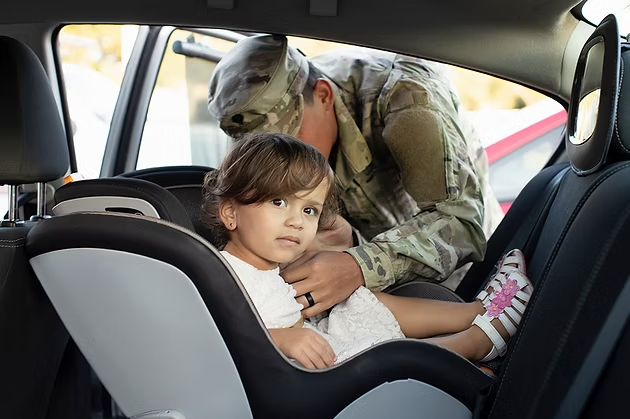
Using the incorrect type of seat, or the wrong seat size is an error that drastically reduces safety. Car seats are designed with specific age, height, and weight limits in mind – ignoring these guidelines can put your child at risk. Refer to your seat's height and weight limits, not just age, when determining if it is the right option for your child. Height and weight are far more accurate measurements of proper fit.
Mistakes #10 & #11: Turning Forward-Facing Too Soon & Graduating to Boosters Prematurely

Children should ride in a rear-facing convertible car seat as long as possible, up to the seat's limits. This will include virtually all children under 2 years old and most children up to 4 years old. Use your current car seat until your child reaches the maximum weight and/or height limit listed on the label.
Many parents are eager to spin that seat around to face the front so they can see their baby during car rides. But rear-facing for as long as possible, following your seat's height/weight limits, provides far superior protection for the developing head and neck. Don't rush this transition. Instead, use a mirror that safely secures to the back seat, and that has been crash-tested and compatible to easily watch your child during car rides.
Similarly, the American Academy of Pediatrics strongly recommends using forward-facing seats with harnesses until your child reaches the seat's height and weight limit - which can be up to age 12 for some kids.
Using booster seats too early increases injury risk, especially if your child hasn't reached the recommended height and weight for the booster and the way it attaches the seat belt without a harness. Usually, if the seat belt is touching your child's neck at chin level, it's too soon to use that booster. Always check the recommended height and weight your child needs for each car seat/booster.
The bottom line? Resist the urge to switch to a different seat/set-up too soon, and always double-check the manufacturer's recommendations before making a change.
Mistakes #12 & 13: Not Adjusting Straps as Child Grows / Straps at Wrong Height
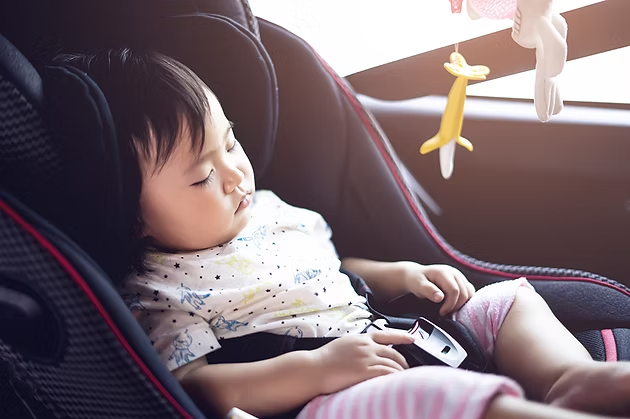
Those snug straps that fit perfectly today? They'll quickly become a risk if you don't readjust them as your child's size changes. Get in the habit of checking strap tightness whenever your child needs a clothing size update.
Similarly, the height at which the straps lay should be adjusted as your child grows. The correct height for the straps is at shoulder level, or slightly below shoulder level.
Car Seat Condition and Maintenance Safety
Mistake #14: Using an Expired Car Seat
Did you know car seats have expiration dates? Over time, the materials and components can degrade, compromising their effectiveness in a crash. Always check the expiration date and replace any expired seats immediately. Using an expired seat places your child at risk.
Mistake #15: Car Seat has been in an Accident
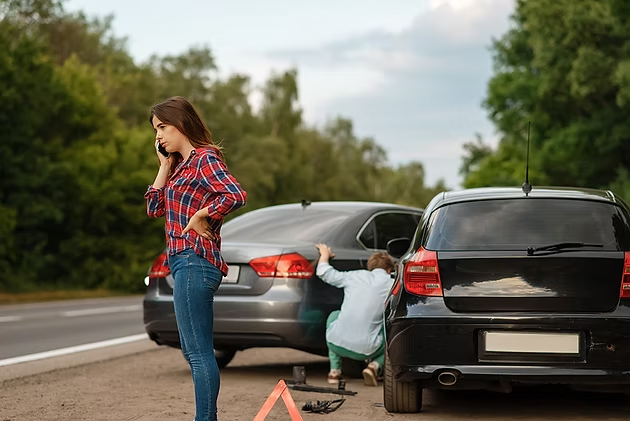
Similarly, any seat that's been in even a moderate collision should be immediately replaced. Even if it looks ok, it may be damaged and structurally unsound. Some stores and brands, like Target, will recycle used car seats and provide a discount for you to purchase a new one!
Mistake #16: Using a Secondhand Seat
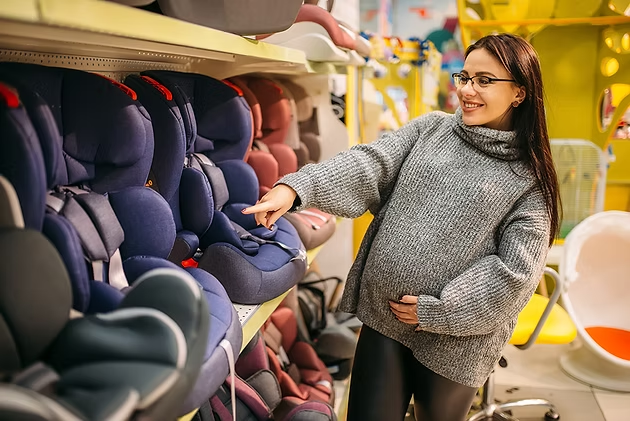
While budget-friendly, used car seats can be an all-around safety no-no. You can't verify their history of accidents, missing parts, or true overall condition. It is best to purchase a new car seat. But if you must purchase a secondhand seat, always verify the expiration date, check for recalls, and know the seat's history. However, I must insist it is recommended to always use a new car seat instead.
If you still want to proceed in using a used car seat, check out the used car seat safety checklist here.
Mistake #17: Failing to Register Your Seat for Recall Notifications
Like many products, car seats can be recalled for safety defects or compliance issues. Registering with the manufacturer and regularly checking recall listings is critical to avoid unknowingly using a compromised seat.
Additional Critical Car Safety Considerations
Mistake #18: Hard Toys and Loose Objects in the Car
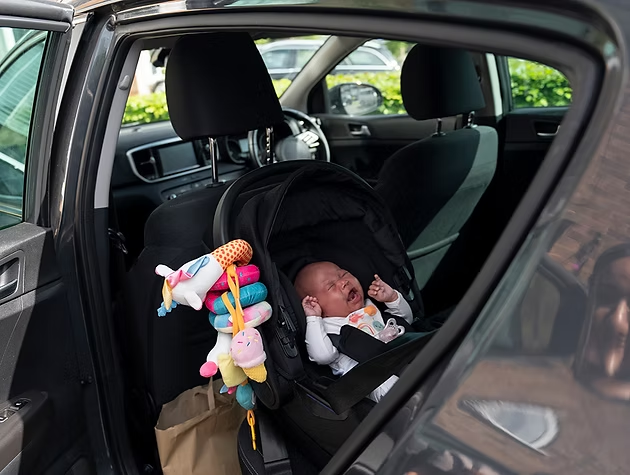
Those toys, books, and loose objects strewn about your car become high-velocity projectiles in a collision, putting your child directly in the firing line. Secure any loose items before hitting the road.
Mistake #19: Using Non-Compatible Third-Party Accessories
Be very cautious about using aftermarket accessories like seat covers or head supports - many haven't undergone rigorous safety testing. Stick to accessories made by the same manufacturer as your seat, and make sure any accessories you use are truly compatible.
Find the most common car seat accessories in my curated collection HERE!
Mistake #20: Not Using a Certified Car Seat Technician
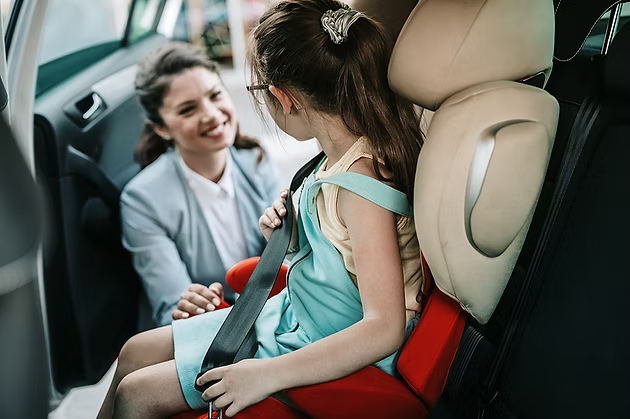
Proper installation is tough, so we recommend you see a certified child passenger safety technician! They are experts in car seat safety.
From angling to tether usage, there are many nuances of proper installation. Having your seat inspected and installed by a certified technician (findable via NHTSA's website) ensures there are no tiny errors that could prove catastrophic.
For more information on the 20 Common Car Seat Mistakes and how to avoid them, plus additional links to find a Certified Car Seat Technician in your area and about car seat safety, please visit: https://farahandfarah.com/common-car-seat-mistakes/
Essential Car Seat Safety Tips for Parents
Read the Manufacturer's Instructions and Your Vehicle's Manual
These resources provide invaluable guidance on proper car seat installation, usage, and safety guidelines specific to your car seat and vehicle.
Seek Professional Assistance
Consider having a certified car seat technician install and inspect your seat to ensure proper installation and usage. For links to find a Certified Car Seat Technician in your area and about car seat safety, please visit: https://farahandfarah.com/common-car-seat-mistakes/
Prioritize Extended Harness and Booster Use
The type of seat your child needs depends on several things, including your child's age, size, and developmental needs. The longer you can keep your child in a car seat or booster with a harness or using the vehicle's seat belt, the better. Aim to use these safety devices until your child reaches the maximum height and weight limits specified by the manufacturer, typically around age 12.
Choose Wisely
When selecting a car seat or booster, opt for models with higher height and weight limits, allowing for extended use. Additionally, consider "Forever" seats, that can be used rear-facing at first, later convert to forward-facing, and across the years can convert also from harnessed seat to seat belt booster, providing versatility and cost-savings.
Avoid Backless Boosters
While not technically banned in the United States, backless boosters have been linked to severe injuries and fatalities in numerous accidents, which has made them programmed to be banned in several countries in Europe. For maximum protection, choose a booster seat with a back.
Protecting Your Child: The Bottom Line on Car Seat Safety
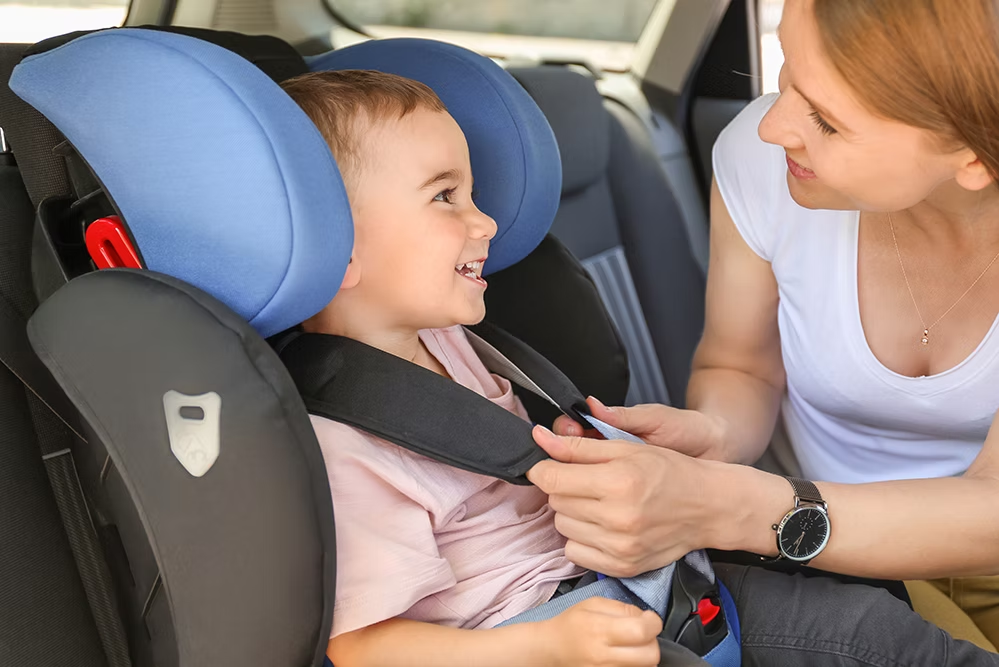
In 2022, 599 child passengers ages were killed in a crash, 35% were not buckled up. Ensuring your child's safety while traveling is one of the most important responsibilities we have as parents. By educating ourselves on common car seat mistakes, and taking proactive steps to avoid them, we can significantly reduce the risk of a child suffering from injuries or death.
For more information on the 20 Common Car Seat Mistakes and how to avoid them, plus additional links for child car seat safety, please visit: https://farahandfarah.com/common-car-seat-mistakes/
Remember, complacency is our greatest enemy – even the most well-intentioned parent can overlook crucial details. Stay vigilant, follow guidelines meticulously, and never hesitate to seek professional assistance when needed. Your child's life may depend on it.
Useful Resources and Next Steps
To continue learning about car seat safety and child passenger protection:
Find a Certified Car Seat Technician near you through NHTSA's website
Download the NHTSA Car Seat Guidelines for age and size recommendations
Register Your Car Seat with the manufacturer and the NHTSA for recall notifications
Check for Car Seat Recalls regularly on the NHTSA website
Browse My Curated Car Seat Collection for the safest, highest-rated options
Watch Car Seat Installation Videos and read instructions at NHTSA for step-by-step visual guidance
View my video about this topic
The safety of our children depends on proper car seat installation and usage. By avoiding these 20 critical mistakes and staying informed about best practices, we can protect our most precious cargo during every journey.
Start implementing these car seat safety tips today, and you'll have peace of mind knowing your child is properly protected. The key is to remain vigilant, seek professional help when needed, and never compromise on safety standards.
Remember, when it comes to child car seat safety, there's no room for shortcuts or assumptions. Your child's life depends on getting it right every single time.
Free eBooks!

And get access to other free downloads, masterclasses and more! Just enter a valid email below.
You can opt-out anytime.
Comments?
My Instagram Feed
Newsletter
Stay in the loop for new videos and special offers! And receive useful tips. Opt-out anytime.
Created with Systeme.io - Click to build yours for FREE today!




